Secure Web Gateways (SWG) provide essential protection for networks by filtering and monitoring outgoing and incoming data, thereby safeguarding against data breaches and unauthorized access.
Secure Web Gateways offer advanced capabilities to ensure data security and compliance in corporate environments. They are crucial in defending against malware and other cyber threats while providing detailed controls over user web access. These solutions are integral for organizations looking to maintain network integrity and secure their data resources effectively.
What features should be prioritized in Secure Web Gateways?SWGs are implemented in industries like finance and healthcare where protecting sensitive data is paramount. They help these sectors comply with strict regulatory standards and prevent costly data breaches. Manufacturing and education sectors also use SWGs to keep their operations secure from cyber threats and maintain a safe digital environment.
Secure Web Gateways are indispensable for organizations aiming to maintain robust cyber defenses and ensure that their network operations remain secure. They play a crucial role in managing and controlling web activities to prevent unauthorized access and data loss.
























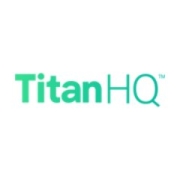





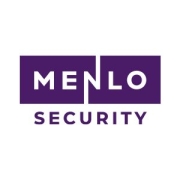

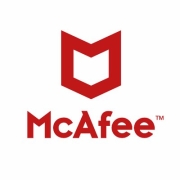

















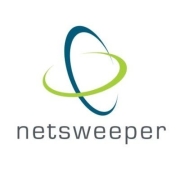
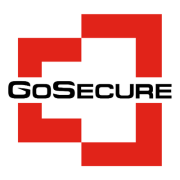















A Secure Web Gateway acts as a filter for incoming and outgoing internet traffic, blocking malware before it reaches your network. It inspects data packets, identifies potential threats, and prevents harmful content from being downloaded. By analyzing URLs and checking for malicious behavior and signatures, SWGs are crucial in shielding your organization from cyber threats. These capabilities help protect endpoints and ensure safe browsing for users.
Why integrate SWG with your existing security infrastructure?Integrating SWG with your current security setup enhances protection by providing a comprehensive shield against web-based threats. It complements other security measures like firewalls and CASB solutions by focusing specifically on web traffic. This integration helps in streamlining security management and provides a holistic approach to threat prevention and data protection. SWGs also offer real-time updates and automated responses, ensuring your defense remains effective against evolving threats.
What are the key features to look for in a Secure Web Gateway?When choosing a Secure Web Gateway, look for features such as URL filtering, malware detection, data loss prevention, SSL inspection, and real-time traffic monitoring. Advanced threat protection capabilities and integration with other security tools can also be beneficial. Consider user experience, scalability, and the ability to provide detailed reporting and analytics, which aid in making informed decisions regarding your organization's cybersecurity strategy.
How do Secure Web Gateways ensure compliance with data protection regulations?Secure Web Gateways help maintain compliance with data protection regulations by enforcing security policies that prevent unauthorized data access and leakage. They monitor and control web access, ensuring that sensitive data does not leave your network without permission. By providing visibility into user activity and potential violations, SWGs support adherence to standards such as GDPR and HIPAA, minimizing the risk of regulatory penalties.
What are the common deployment options for Secure Web Gateways?Secure Web Gateways can be deployed in different configurations to suit varying organizational needs. On-premises deployment offers high control but requires maintenance and management. Cloud-based SWGs are popular for their scalability and ease of use, while hybrid solutions combine both on-premises and cloud capabilities. Evaluate factors like existing infrastructure, budget, and specific security needs to determine the best option for your business.